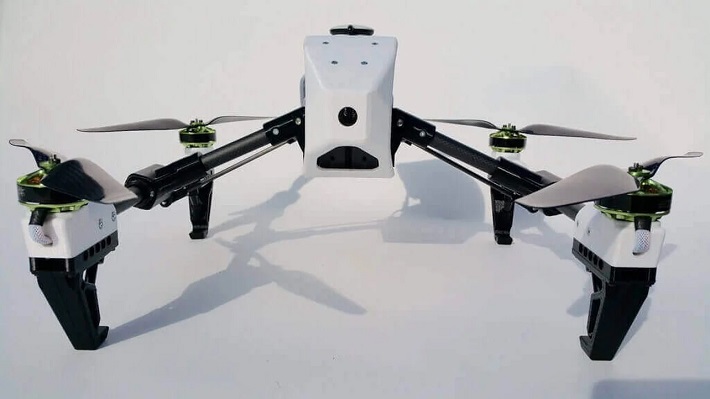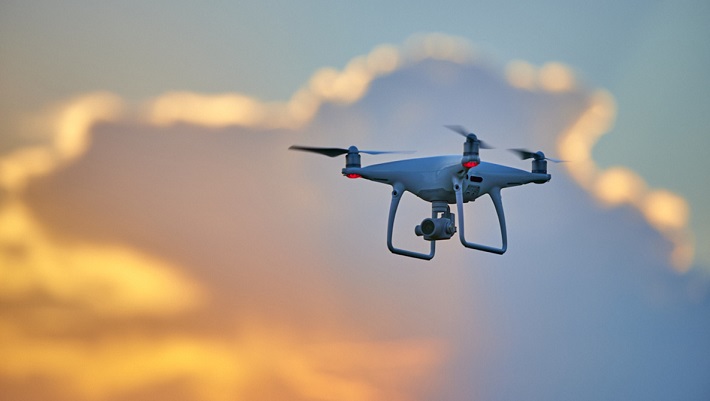Quadcopter frames are some of the most important components of quadcopters. But with so many different types of frames available nowadays, how do you know which one is ideal for your quadcopter? Well, knowing your basic requirements from the quadcopter, and knowing what to look for when you search for the ideal quadcopter frames for sale will have you equipped with the knowledge to make the right selection. There are many brands today that produce quality, yet affordable frames, meaning you won’t have to break your bank to get a good one.

There are a few areas to consider before looking for quadcopter frames for sale, including the price, frame size, frame type, frame weight and layout.
Price and Budget
You have to set a budget for yourself and stick to it. Not all high-priced quadcopter body frame products are better. The more affordable options can still fulfill your needs. However, you want to avoid the super cheap ones. They say if something seems too good to be true, it probably is. Set a min-max budget, just so you can rule out the dirt-cheap and expensive temptations. Also, factor in the shipping fees and extended warranties and extra accessories that may come with the frame.

Frame Size and Weight
Next, you’ll have to pay attention to the size and weight. Generally, you should stick to a frame under 120mm for indoor use. The size mentioned in the description by manufacturers refers to the size of the quadcopter as the wheelbase. The wheelbase represents the distance between motors and determines the propeller size. Beginners oftentimes start with a smaller frame (under 200mm), as they need smaller components that are more affordable. As far as weight goes, look for something that weighs less than 250g, as there aren’t any regulatory restrictions on them. The downside to smaller frames, however, is that they’re tricky to assemble and they have restricted flight times due to their smaller batteries.
Frame Type
Most quadcopter body frame types fall under two categories – racing and freestyle. Some pilots fly quadcopters to record aerial footage, for the thrill of the flight or to race. While some camera drones are very fast, they’re not what you’d consider a racing drone.
Freestyle body frames allow you to fly the quadcopter as you like. You can navigate through tight obstacles, perform stunts or just fly steadily to record with your camera. Freestyle drones have heavier, larger frames, and they’re easier to build due to the fact that they have fewer demands. If it’s your first quadcopter-building project, a freestyle frame is probably the most suitable option for you.
Racing frames are obviously used for racing drones, and drone racing is one of the fastest-growing sports. Also known as First Person View racing, it allows participants to view through a live camera stream from the quadcopter nose. Racing frames are made for agility and speed, and while they may not be as aesthetically pleasing as their freestyle counterparts, they’re made to be aerodynamic and lighter. However, this also means that they’re more expensive and you’ll have to compromise between strength and weight, as the stronger the frame is – the heavier.
Frame Layout
The ideal quadcopter frame layout will depend on its intended use (whether you’re looking to race or enjoy some freestyle flying). There are a few different popular types of quadcopter frame layouts: H and HX frames, X frames, plus frames and stretch variations of the X and plus frame.

H frames, as you can probably guess – are H-shaped. They provide a lot of space and are easy to build on. With plenty of room to mount a battery on top, as well as some extra components. In other words, you can attach a wide range of components to these frames, and still end up with an uncluttered, clean layout. H frames are the favourite choice for freestyle drone operators. HX frames are similar to H-shaped frames, but they also feature four arms in an X layout.
X frames, on the other hand, are ideal for racing, as they reduce unnecessary weight by simply having less material than H frames. The smaller center area also means there’s less room for components, which can make the quadcopter feel crammed up. Stretch X frames are identical to X frames except they feature stretched arms. This allows for better stability and less turbulence, making the quadcopter easier to control at high speeds, but at the downside of adding some extra weight.
Plus frames are the least popular type, as they have a similar footprint to X frames, except they break easier on impact. Additionally, the front motor can get in the way of the camera’s field of view. The stretch plus frames resolve the issue of the motor getting in the way of the camera, but they’re still prone to breakage.




